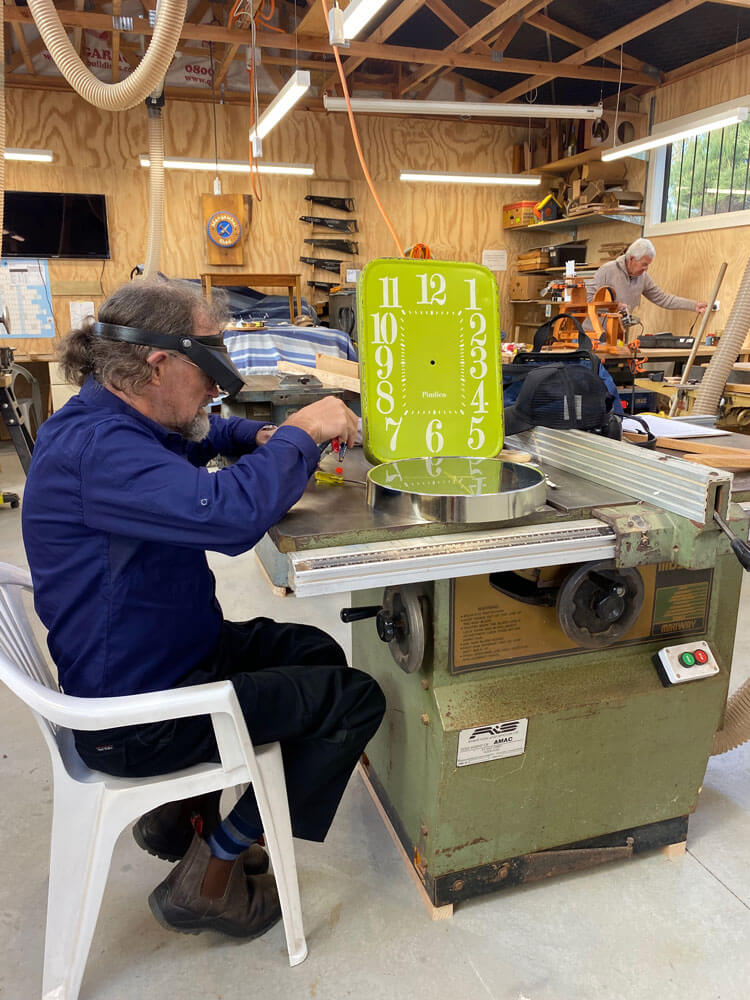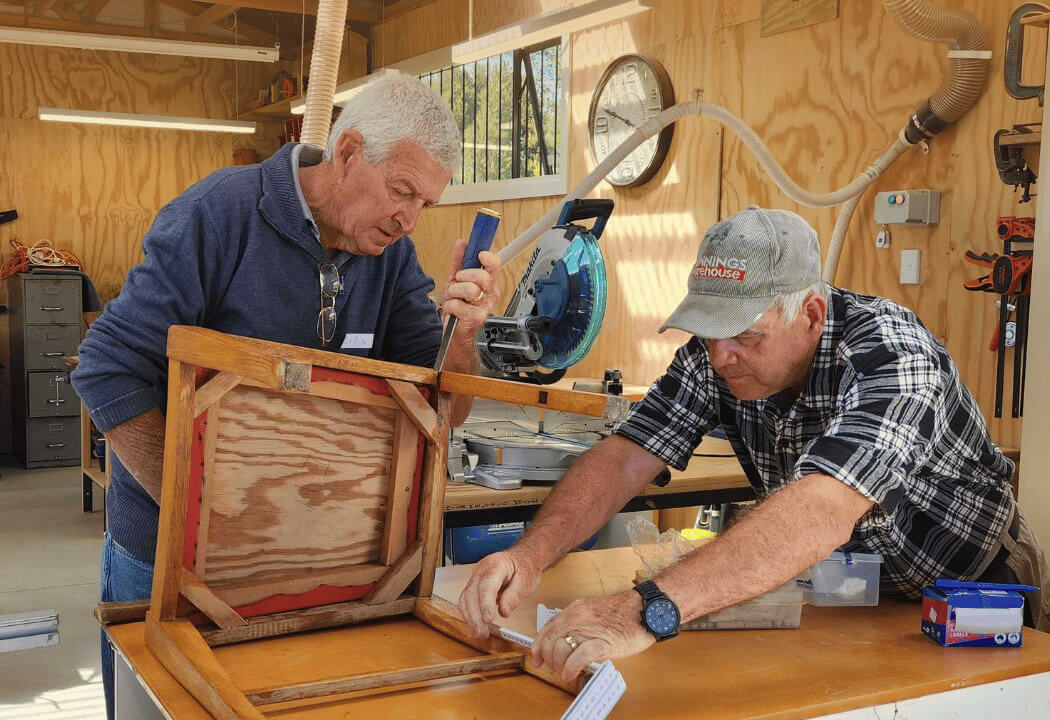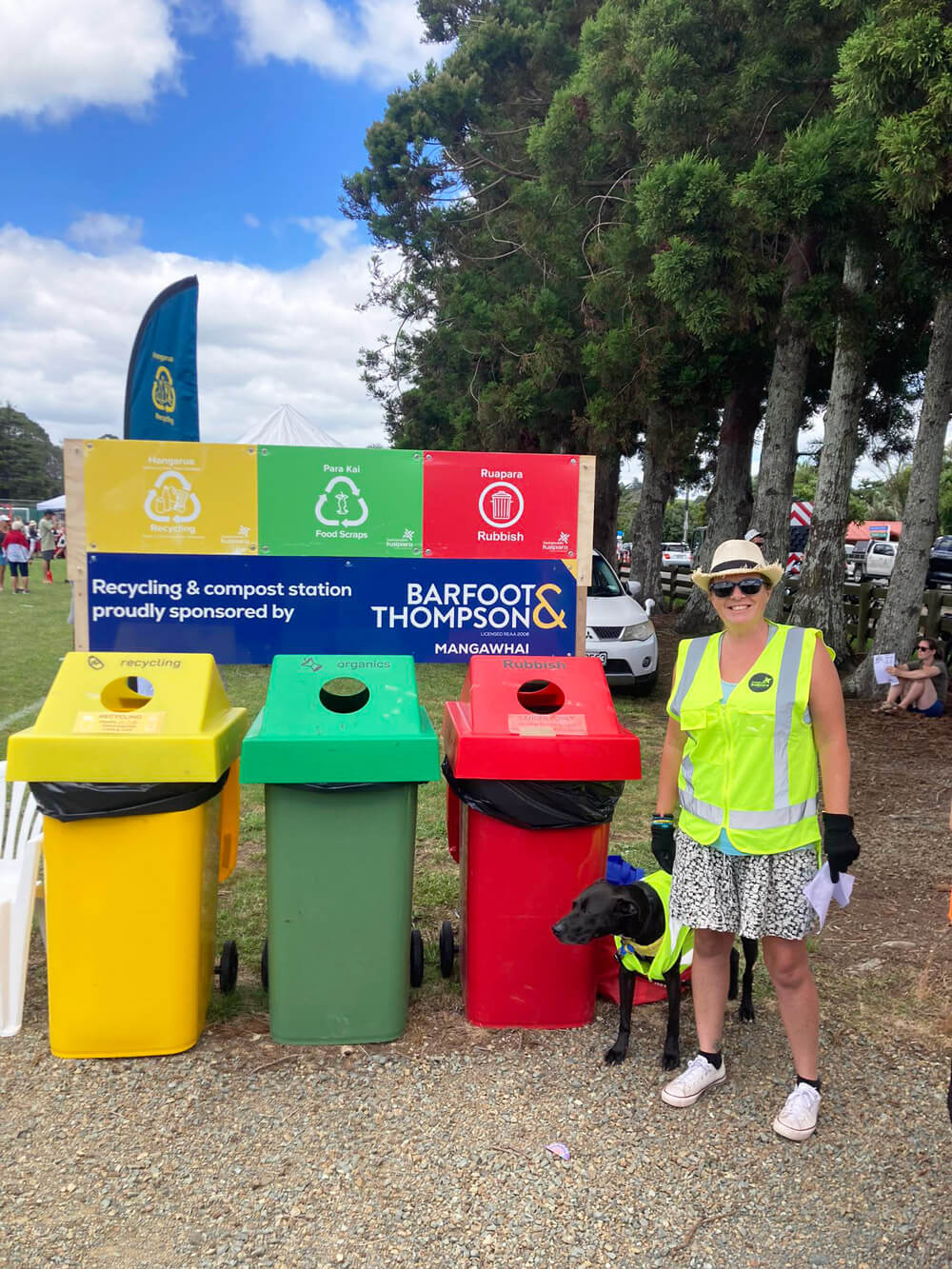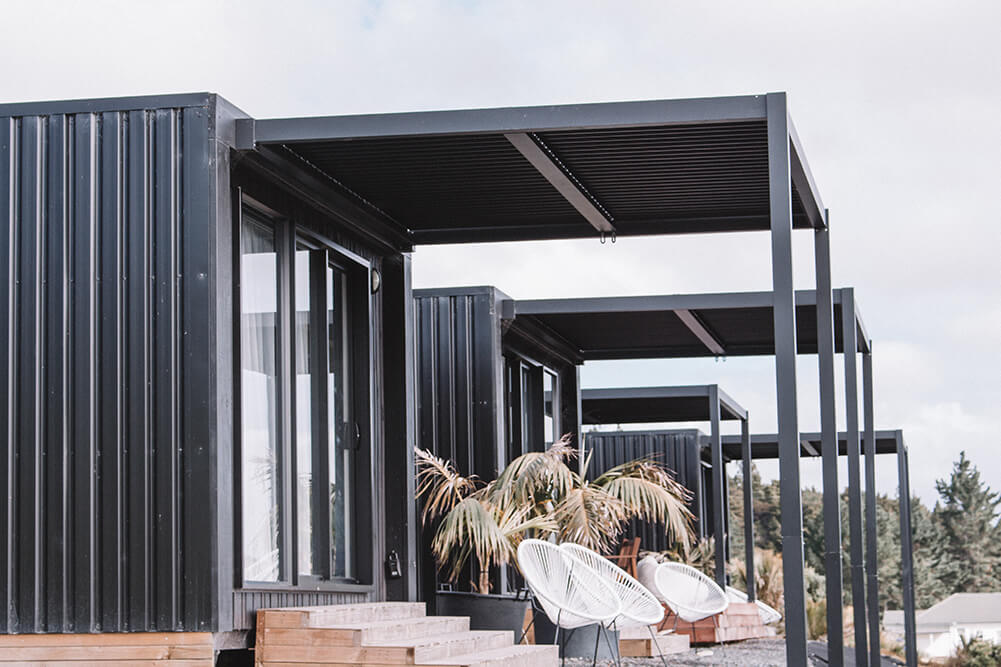Sustainable Kaipara launched its reusable cup library at the Wood St shops in Mangawhai Heads over Labour Weekend. This mobile display is an immersive design piece aimed to inspire and provoke thought on reusable systems vs disposable systems as well as providing free reusable cups for the public.
People can take a reusable mug for coffee rather than relying on single use cups. The cup library provides facts about the environmental impact of single use cups and features over 300 upcycled single use coffee cups to show how many cups you might use, if you have a coffee every weekday over a year.
Sustainable Kaipara Director, Sarah Bray said “we believe art and creativity can be powerful tools for fostering behaviour change by engaging people on an emotional and cognitive level. After Covid we noticed some hesitation around reusables so now is the right time to remind people of the need to move to a circular economy where reuse of items is at the heart of how we live our lives.”
Research by reuse advocate Takeaway Throwaways suggests that Kiwis send more than 295 million single use cups to landfills annually. Even compostable cups aren’t the answer. To be composted they need a specialised composting facility which are few and far between in New Zealand. Compostable cups, like standard single use cups, contain a plastic lining. Research has found that single-use coffee cups release billions of microplastics into the hot drink they hold.
The production of single use cups requires vast amounts of water and energy. Additionally, it leads to deforestation, as millions of trees are cut down annually to meet the demand.
The Sustainable Kaipara cup library will be doing further pop-ups at the Wood St shops and is available for events and markets.
Thank you to the Kaipara District Council, Aaron McConchie, The Mangawhai Shed, Bunnings Mangawhai and Jess Holdaway.
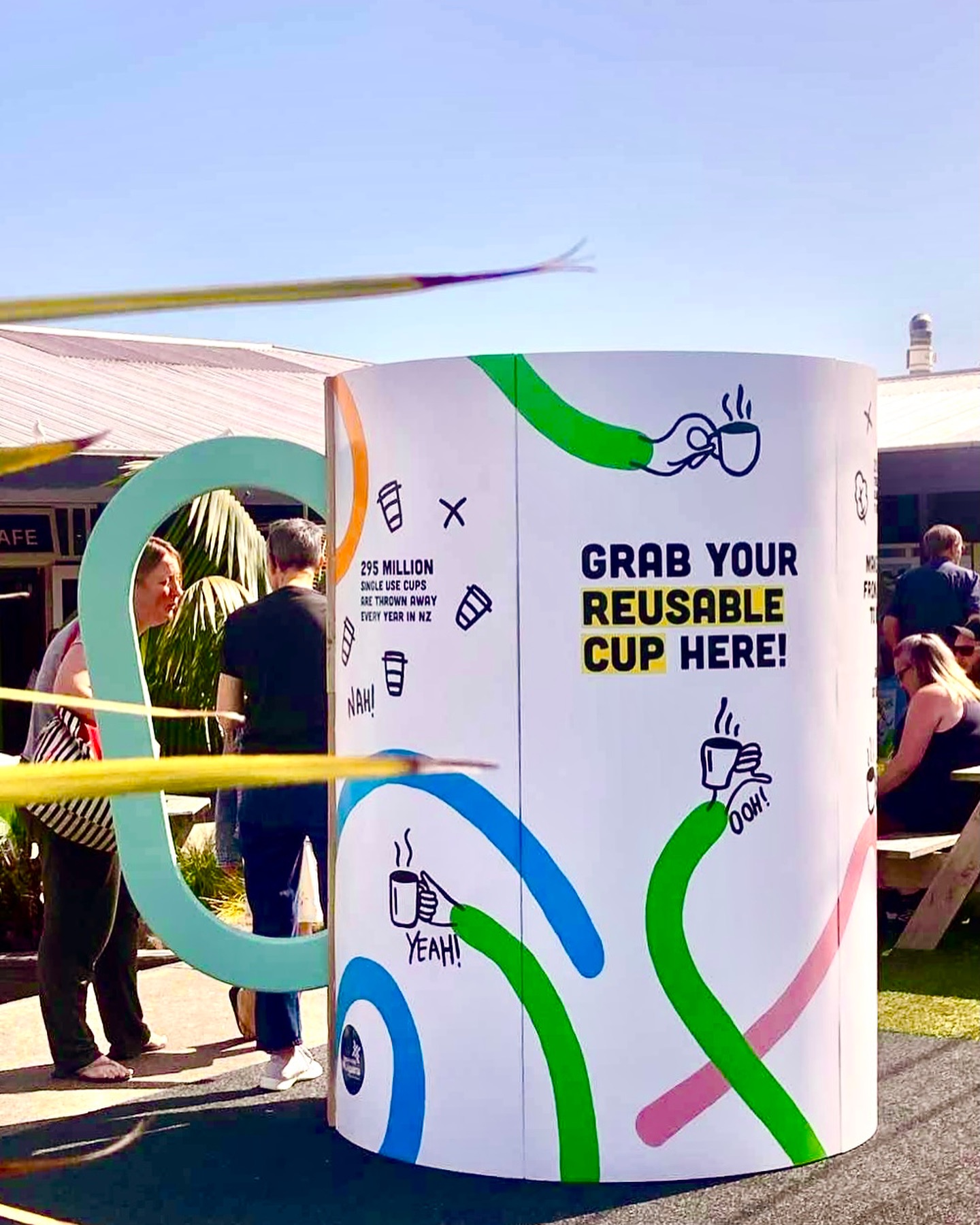
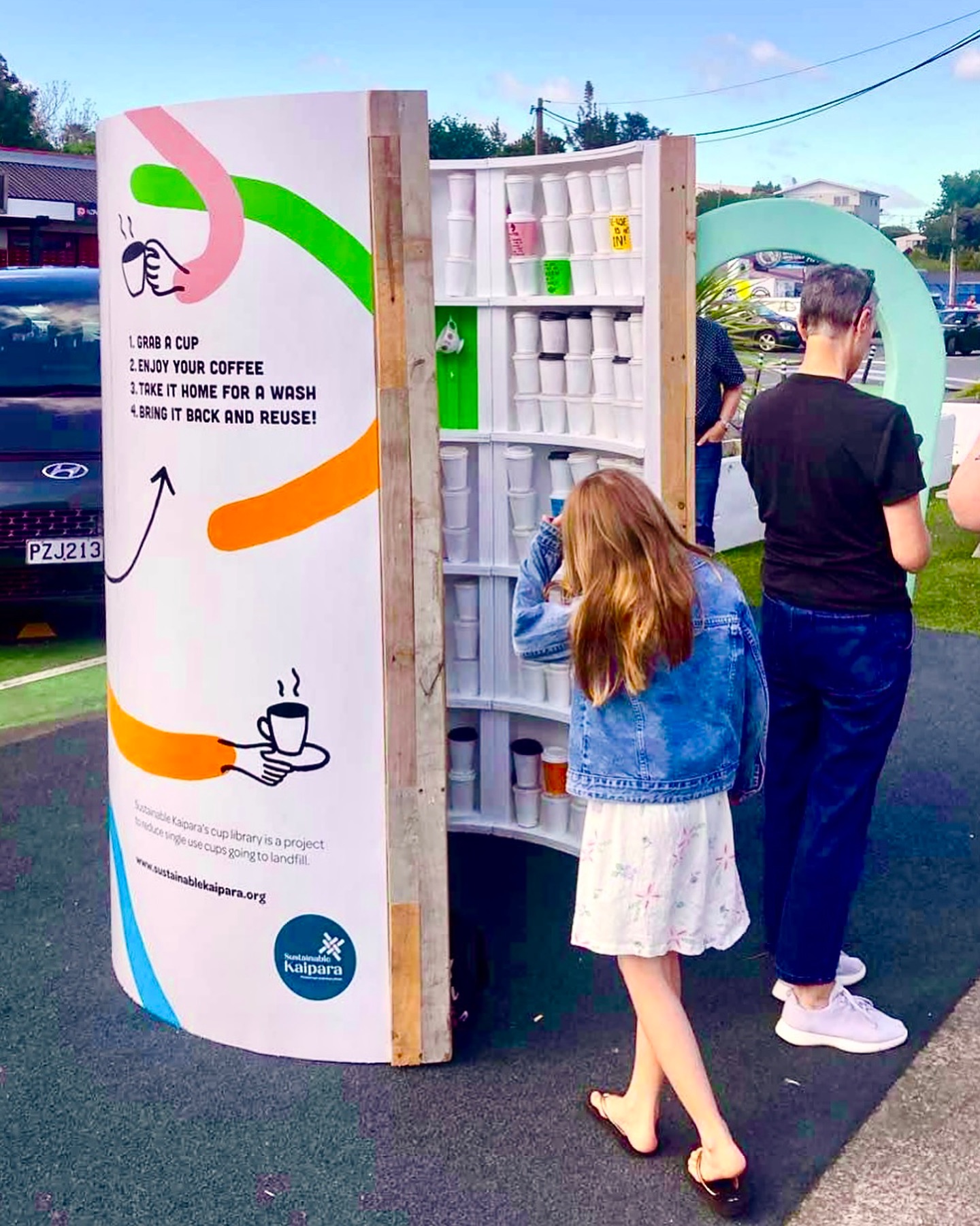
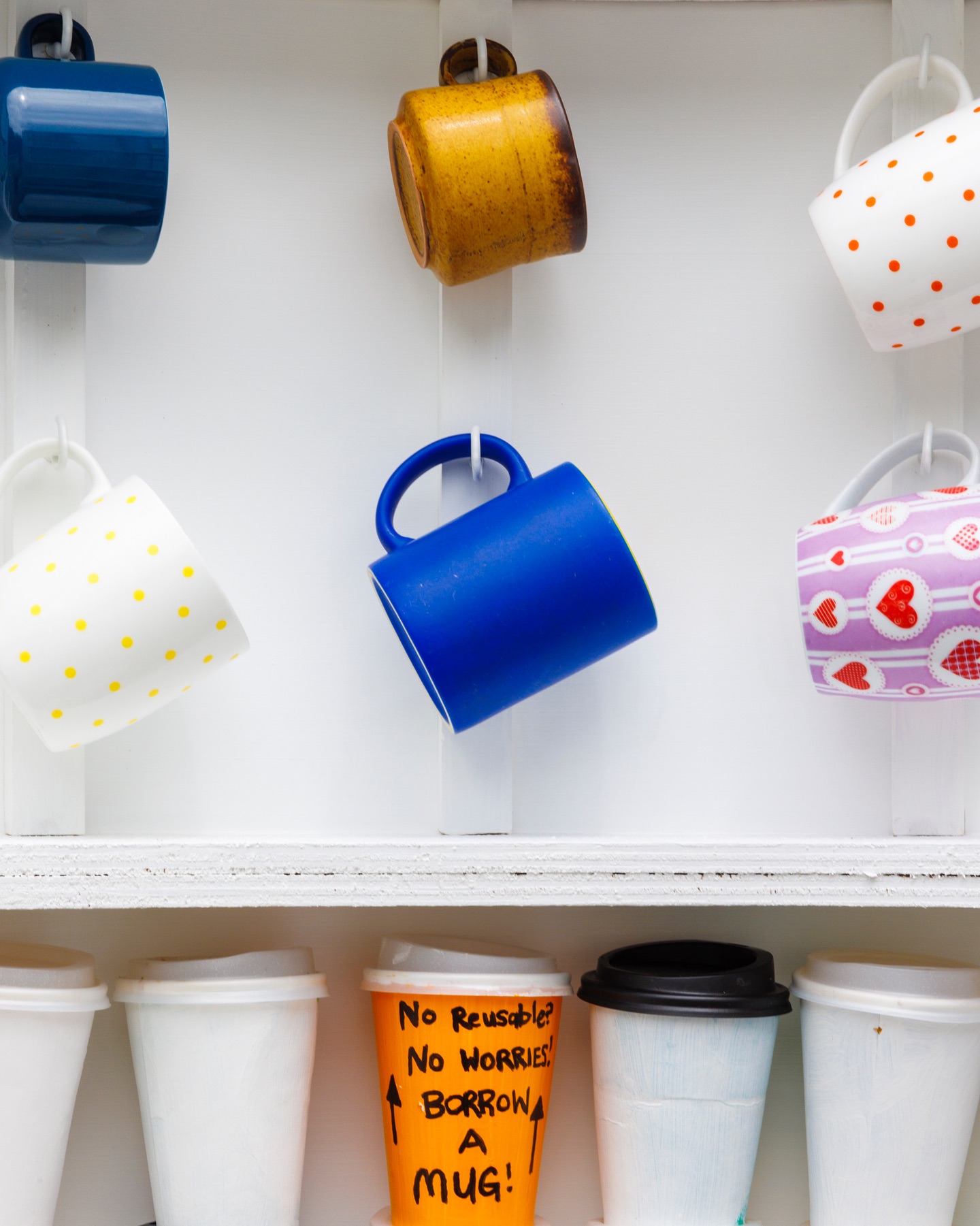

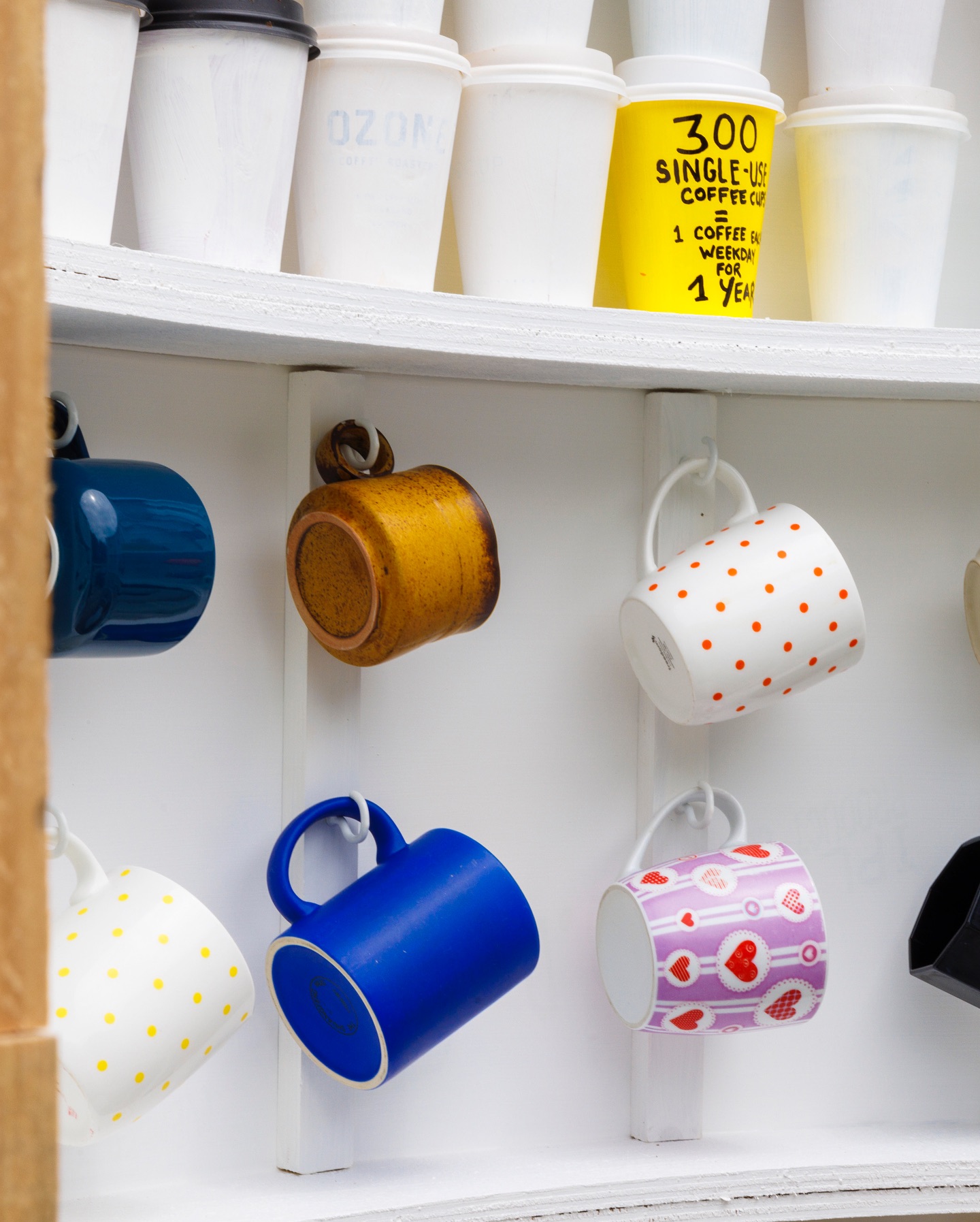

Sustainable Kaipara’s Cup Library FAQs
What is the cup library?
The Sustainable Reusable Cup Library is an immersive design piece aimed to inspire and provoke thought on reusable systems vs disposable systems. It is functional art. We believe art and creativity can be powerful tools for fostering behaviour change by engaging people on an emotional and cognitive level.
Who made the cup library?
The cup library was made by many hands! From the collection of the recycled materials, to the painters, designers and many other contributors. The project was led by Sustainable Kaipara. Paint was donated by Bunnings.
Who is Sustainable Kaipara?
We are a community organisation that is working together with Kaipara locals to be good kaitiaki of our local environment. We were founded in 2020 and have been funded through the Ministry for the Environment, Kaipara District Council, Foundation North and other generous businesses and organisations. We run the weekly food scrap collection you might have seen kerbside. Check out our website for more detail sustainablekaipara.org
Do I need to return the mug?
No, you can keep it and reuse it or wash and gift to the op shop. In future locations we’ll take return cups and wash them but not today.
Where are the mugs from?
The mugs are generously donated from people or op shops.
Who is the contact person?
Sarah Bray
027 432 5423
sarah@sustainablekaipara.org
I use compostable cups so that’s fine isn’t it? What about compostable cups?
Unfortunately compostable cups or any compostable packaging isn’t a great solution. This is because:
- The majority of compostable coffee cups are not actually composted. They end up in landfills where they decompose slowly, creating methane which is a harmful greenhouse gas contributing to climate change.
- Compostable cups still use valuable resources that are then discarded after only a few minutes! This is not contributing to a circular economy.
- Even when composted, compostable packaging doesn’t create good compost for our soils as it often contains PFAS (forever chemicals)
What’s the point of using materials to try and prevent usage of cups? It seems like a waste of resources?
We used recycled materials for 90% of the project. We even washed out people’s used takeaway cups! The cup library will last a long time and we hope it will change behaviours for decades to come making the material use worthwhile.
Why focus on takeaway coffee cups?
Focusing on coffee cups is impactful because they are a widely used, everyday item, with billions of disposable cups discarded each year, contributing significantly to global waste. Many disposable coffee cups are lined with plastic, making them difficult to recycle, and their widespread use in urban settings creates a visible and immediate environmental issue. By targeting this single item, it’s possible to raise awareness about sustainability in daily habits, making it a simple yet effective starting point for broader environmental behaviour change.
What about the life cycle impacts of a reusable cup? How many times does a reusable cup need to be used?
Reusable cups are shown to have lower environmental impacts as long as they are reused at least 20 times – ideally 100’s.
Lifecycle assessments are available on this.
We can just burn them and create energy so what’s the problem?
Waste-to-energy is not an ideal solution because it still encourages waste production rather than focusing on reducing, reusing, or recycling materials. Additionally, the process of burning waste can release harmful emissions, including greenhouse gases and toxins, which can contribute to air pollution and climate change.
What is the circular economy?
The circular economy is an economic model that prioritises minimising waste and maximising the reuse, recycling, and regeneration of materials to create a closed-loop system. It contrasts with the traditional linear economy by promoting sustainability through resource efficiency, designing products for longer life cycles, and reducing environmental impact.
Are there other mug libraries around the country?
There are lots of mug/cup libraries around the country! Often in cafes or markets. You might just find this one is kinda unique though!


